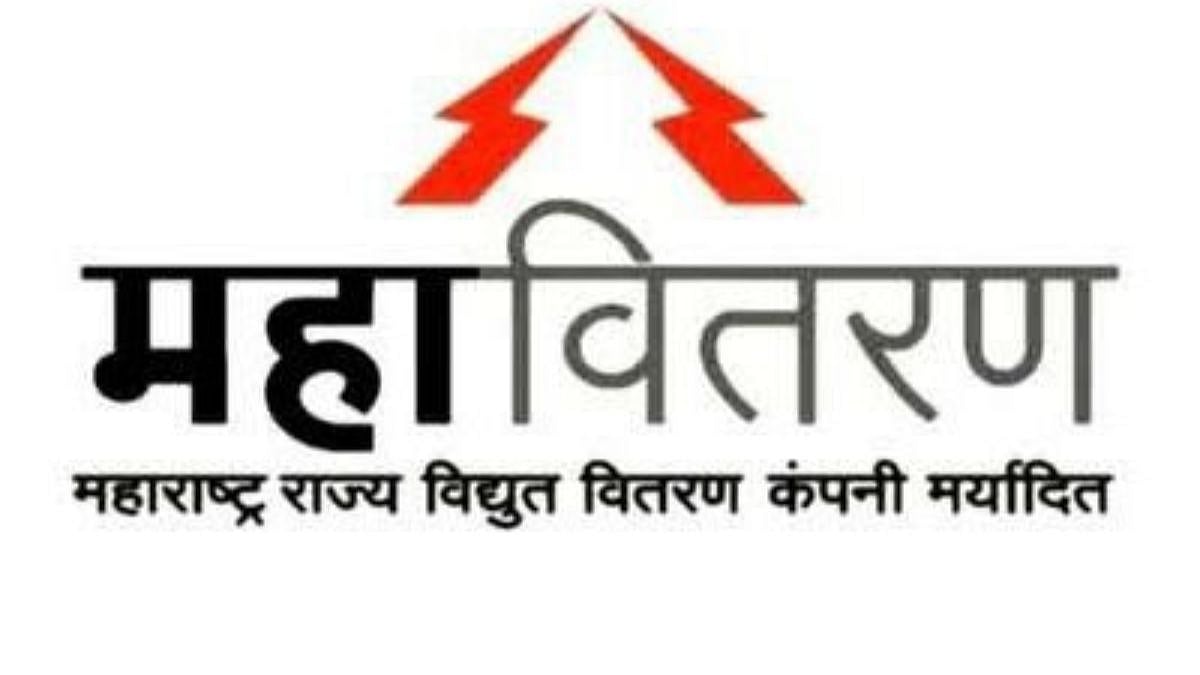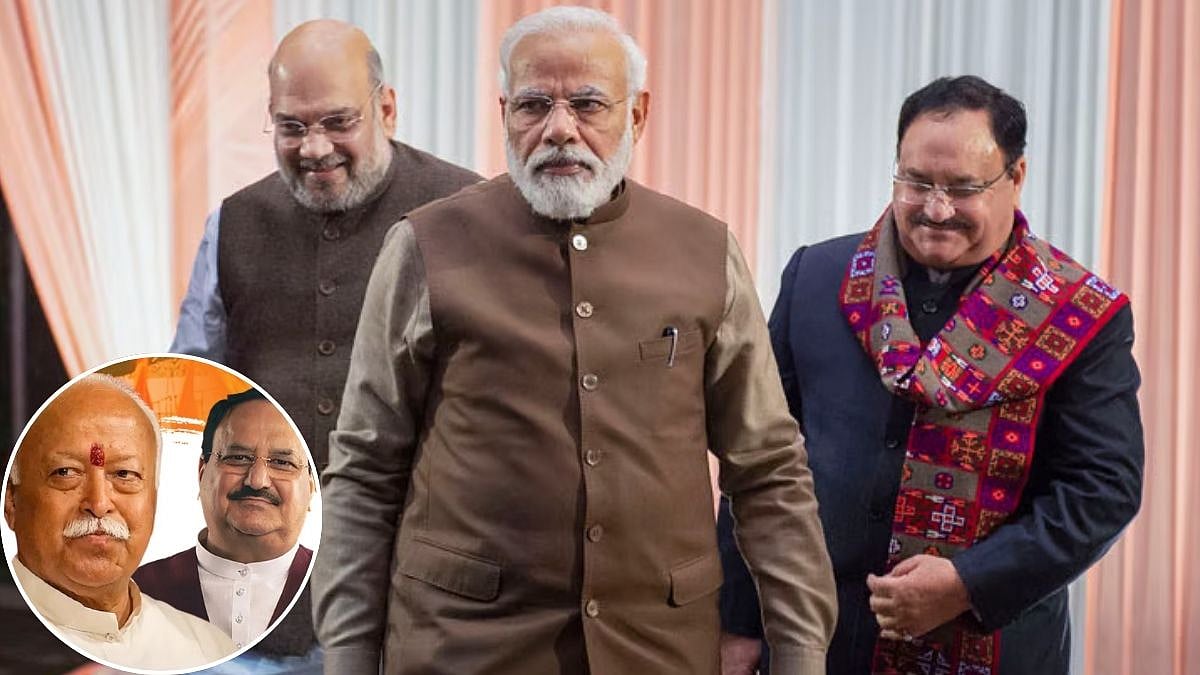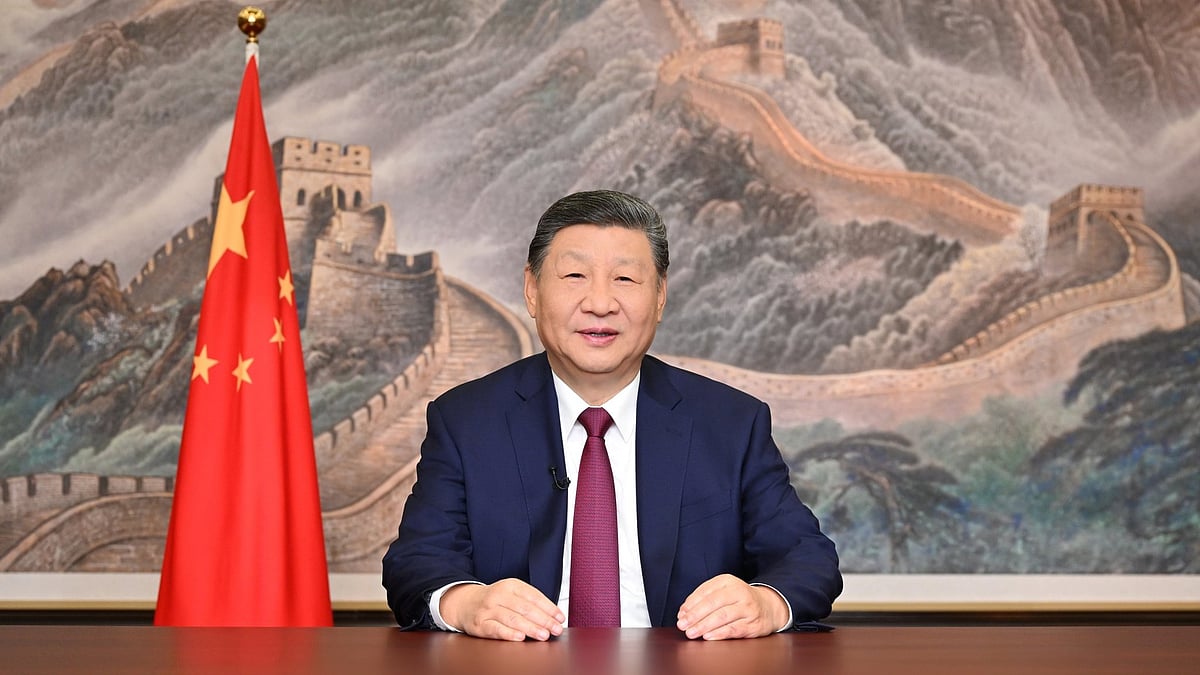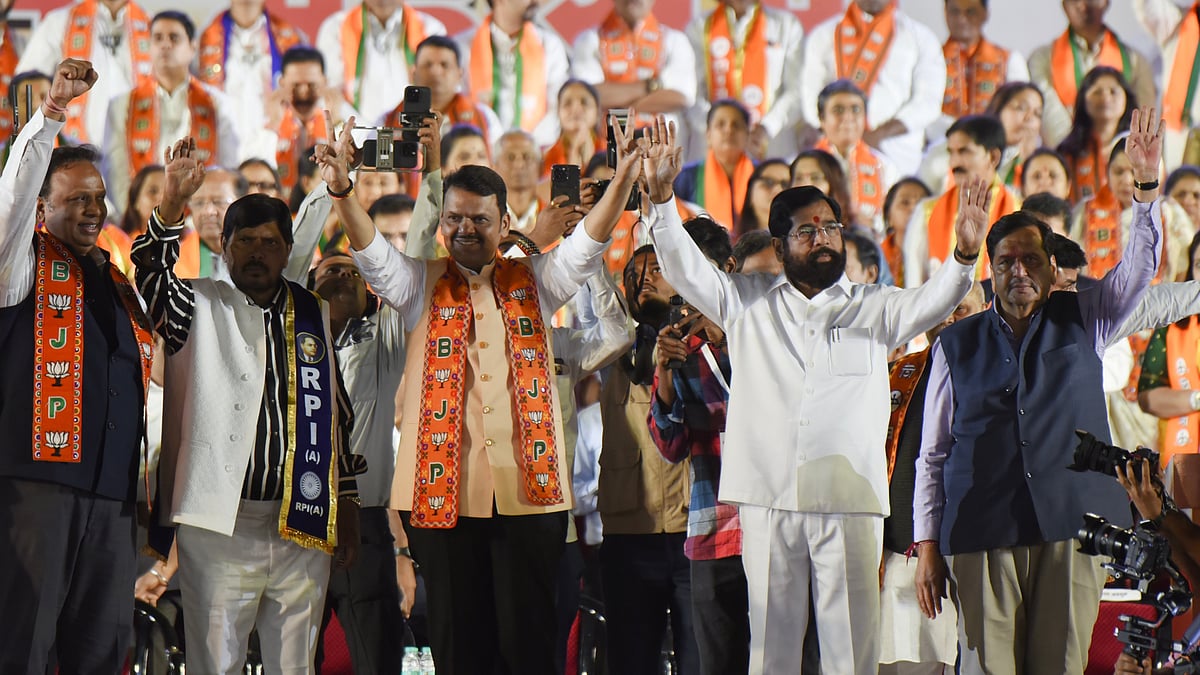There is no doubt an apocryphal story about the late P.C. Sen, former Congress chief minister of West Bengal, turning up at the funeral ceremonies for Promode Dasgupta, the Marxist politburo member and ruling Left Front boss who died in Beijing in 1992. Asked about his surprise attendance, the virulently anti-Communist Sen supposedly explained it had nothing to do with ideology. “I always attend when anything happens to another Vaidya,” he said, referring to the dwija (twice-born) caste peculiar to Bengal to which both men belonged.
Caste is not generally regarded as a factor in Bengali politics. It is much more readily associated with Bihar and Uttar Pradesh. Yet, caste may be a major reason for the Left’s decline in West Bengal and the Bharatiya Janata Party’s improved prospects in the 2016 Assembly elections. The Communist Party of India (Marxist) leadership is firmly middle class and upper caste, yet its rank and file followers are traditionally either lower caste peasants or Muslims and Adivasis outside the Hindu caste structure. This worked so long as politics was paternalistic, with the babu at the top decreeing what was good for his ryots. It ceased when the babu’s own enlightened policies empowered the ryots and gave them a voice.
If Tripura alone of the three Indian states that were ruled by Communists remains faithful to the Hammer and Sickle, it’s largely because of the legacy of the late – and forgotten — Nripen Chakraborty, who was chief minister from 1978 to 1988. Manmohan Singh says in Strictly Personal: Manmohan and Gursharan, the delightful and informative book by his daughter, Daman Singh, that in formulating the Seventh Plan, he came into contact with “people like Ramakrishna Hegde, Jyoti Basu and Nripen Chakraborty – they were great men.” Chakraborty, who was born in East Bengal in 1905 and died in 2004 after being deeply committed to revolutionary politics for six decades, was very different from the other two who were both careerists.
My old friend, Jolly Mohan Kaul, now aged 92, once a high CPI official, but for whom Communism was the god that failed, says Communists like Chakraborty “were men of a special mould.” Chakraborty joined the CPI in 1934. The leadership sent him to Tripura in 1950 and that became his life’s mission. His simplicity endeared him to the Tripura Adivasis. After the 1964 split, Chakraborty joined the CPI(M) and was elected to the central committee in 1972 and politburo in 1984 without ever seeking the attention showered on a Prakash or Brinda Karat. If Tripura’s present chief minister, Manik Sarkar, is rated the “cleanest and the poorest chief minister in the country” and even the BJP leaders call him a “model chief minister”, that is a tribute to the high standard of incorruptibility Chakraborty set.
Like many politicians, Chakraborty tried his hand at journalism. He was a sub-editor on the Ananda Bazar Patrika in Calcutta, co-editor of the CPI organ in Bengali Swadhinata, and a columnist in the daily Desher Katha, the CPI(M) mouthpiece in Tripura. Local readers were familiar with the pen-name, ‘Arup Roy’, he used till 1995 when the CPI(M) expelled him because he had criticised the business ventures of Jyoti Basu’s only son. The politburo readmitted him in 2004 but he was ill and unconscious, and died the next day.
Chakraborty’s fate, recalls Jolly’s comment, probably in his memoirs, ‘In Search of a Better World’, that when he joined the CPI, its constituency was the poor. “Now, it seems that they have changed that and are chasing after Gross Domestic Product. The two things are contradictory.” The frugal Chakraborty is bound to have shared that view. He was probably in serious disagreement with Manmohan Singh over economic liberalisation. That didn’t prevent the two men from respecting each other or the former prime minister from acknowledging his greatness.
The upsurge at Nandigram in West Bengal’s East Midnapore district in 2007, which sounded the death-knell of the Left Front government, highlighted the dichotomy of a working class base with a middle class apex. Nandigram is a Muslim majority area. The Left Front’s successful Operation Barga programme in the 1980s made its peasants owners of their little plots of land. But they were not consulted when Buddhadev Bhattacharjee’s government decided to transfer 10,000 acres to Indonesia’s ethnic Chinese Salim Group for a chemical hub in a Special Economic Zone. At least 14 villagers died and 70 more were seriously injured when villagers mobilised under the banner of local organisations like the Bhoomi Raksha (Protection of Land) Committee and the Bhoomi Uchhed Pratirodh Committee (Committee against Land Eviction). Gopal Krishna Gandhi, West Bengal’s governor at the time, said the violence filled him with “cold horror.”
Such confrontations are bound to occur as the state tries to acquire land for industrialisation. The process began with Britain’s Industrial Revolution. But the West Bengal clash was sociologically and politically significant because it exposed the gap between the Marxist leadership and following. It’s not caste and class alone that divides people from leaders. It’s commitment. Mani Singh, the elected head of the Communist Party in erstwhile East Pakistan, was born Maharajkumar of Susang, a zamindari estate that ranked third in undivided Bengal’s protocol list in British times immediately after the ruling Maharaja of Cooch Behar and the Maharajadhiraja of Burdwan. But as with the late Nripen Chakraborty who was born a Brahmin, his lifestyle endeared him to the masses.
West Bengal’s three top castes are Brahmins, Vaidyas and Kayasths. Bhattacharjee is a Brahmin. So is Mamata Banerjee, although the economic class she was born into did not isolate her from hoi polloi. Basu was Kayasth like the present CPI(M) boss, Biman Basu, and Tripura’s Sarkar. As we have seen, Sen and Dasgupta were Vaidyas like the late Indrajit Gupta of the CPI, one-time home minister at the centre. These men are not necessarily rich. They are not ostentatious. But most have university degrees. They are born of educated parents. They are firmly rooted in Bengal’s bhadralok – literally “gentleman” – culture. Speech, body language and lifestyle set them apart from the dispossessed, with whom they cannot easily identify. Under their direction, the CPI(M) and CPI could give instructions, not inspire.
This disconnect is manifest in the Left Front’s shrinking vote and in the not-so-slow trickle from the CPI(M)’s ranks to the BJP. While the Marxist share of the vote fell from 43.3 per cent to 29 per cent between 2009 and this year, the latter improved its share from 6.5 per cent to 17 per cent. The BJP now hopes to do much better in 2016. Anticipating that showdown, Banerjee proposed an alliance between her Trinamool Congress and the Left Front. The latter may yet live to regret its peremptory and arrogant rejection of the overture.
Sunanda K Datta-Ray









